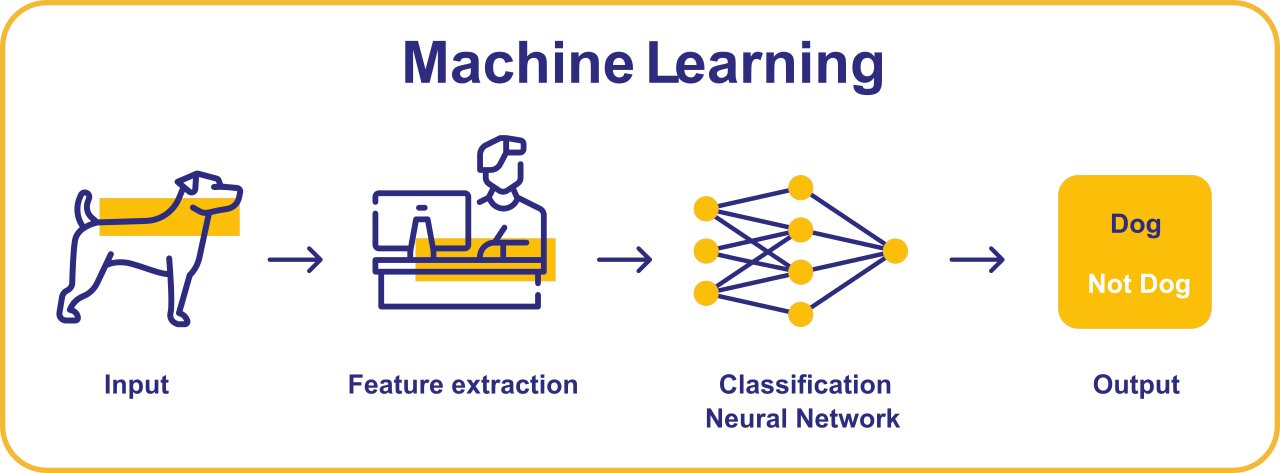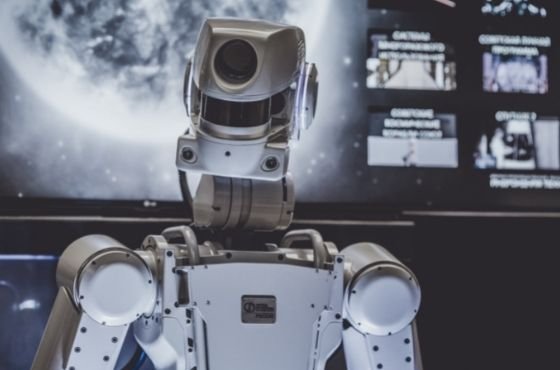What is Machine Learning?
Machine learning is part of Artificial Intelligence (AI), which is the set of theories and principles used to enable computer programs to simulate human brain-like intelligence traits in learning and reasoning.
Machine learning is therefore only one component of AI and is based on systems that learn to understand data to improve their performance.
Without realizing it, machine learning is now present in many of our daily technologies such as social networks, applications or online payment systems. Machine learning allows us to optimize and improve the user experience and services based on analyzed data.
There are two learning methods when talking about Machine Learning: unsupervised machine learning and supervised machine learning. The choice between the two approaches will depend on the amount of data to be processed and the use made of this data.
- Unsupervised machine learning
The computer is independent of any human intervention. It evolves without being guided and will pick up patterns and processes autonomously. In these cases, the data has no labels, so the computer will sort the information and assign labels to the identified data sets.
- Supervised machine learning
This is the most common machine learning. In these cases, there is the intervention of a data analyst who will guide the algorithm in the conclusions to be drawn from the data processing. This data is already labeled and the machine will therefore learn from examples.

What is Deep Learning?
Machine learning and Deep Learning are closely related. Deep Learning extends the possibilities of machine learning by autonomous learning through modelling with a high level of abstraction. In concrete terms, Deep Learning is inspired by the human brain and the network composed of many layers of neurons. The Deep Learning system works in layers and each layer analyzes and interprets the information of the previous layer.
During the different stages, the wrong answers are eliminated and a readjustment is made. The information is organized in a more complex way as it goes along and the algorithm can learn things without needing to be told anything.
For example, if you give it millions of animal images to analyze, after a while it will be able to recognize the images that represent a cat thanks to deep learning. And this, without having to explain the concept of cat to it.
Deep learning is really an important technology that has allowed many discoveries and the future of this technology seems very promising for medicine for example, because it has allowed the development of a new antibiotic.

What are the impacts of machine learning and deep learning on SEO and marketing?
Given the potential of deep and machine learning sciences, it is obvious that they have had and will have in the future consequences on SEO. The machine will be able to help companies to choose the right keywords to reference their website and to know which element of SEO (semantics, netlinking…) should be the most optimized to have a maximum impact. The scope of application can be very large, for example in Google Analytics, it will allow to have more in-depth analysis elements and to better manage the large volumes of data.
Concerning marketing, machine learning allows a better understanding of Internet users in general, but also to achieve a better segmentation of the customer base.
Machine learning allows us to better exploit information on Internet users and to better understand their purchasing behavior thanks to several criteria. These criteria can be analyzed more precisely and it will be possible to make better links between them.
Thanks to the creation of more precise customer groups, campaigns can be highly targeted and personalized in order to increase sales more easily. Companies will be more and more able to reach a segment close to the heart of the target.
Thanks to its speed and its high precision, machine learning is formidable for the analysis of data on social networks, CRM or for everything that concerns transactional data.
Limits of machine learning
This technology has revolutionized our way of life in many ways, but the system is not perfect. In some cases we reach the limits of what machine learning can do. These limits are called biases. There are two types of bias:
- the algorithm bias
- societal biases
One example is facial recognition. This feature is particularly interesting if we try to make it effective for all individuals. However, according to several tests, researchers realized that the system was much less effective for people of color and women with error rates of about 35% for a woman of color against 0.8% for a white man.
The reasons for this difference are the databases on which all these models are built. Indeed, the facial recognition systems have been for the most part filled with databases with a majority of photos of white men. It is the data brought to the algorithms that are biased and that lead to these malfunctions.
Another example is the use of these technologies to sort the resumes of candidates for job offers. On a certain number of candidates, the scientists realized that the profiles that were most often retained were those of white men. This is because, according to historical data, most of the people employed were white men.
The algorithms therefore reproduce the stereotypes of our societies even if the data seems neutral. Societal biases are the hardest to uncover and track.
The field of machine learning and deep learning will continue to impact our lives and will improve over time. Nevertheless, the stakes around these technologies are huge for the computer science world and engineers from all over the world are working on them to feed the research and develop the fields of application.

